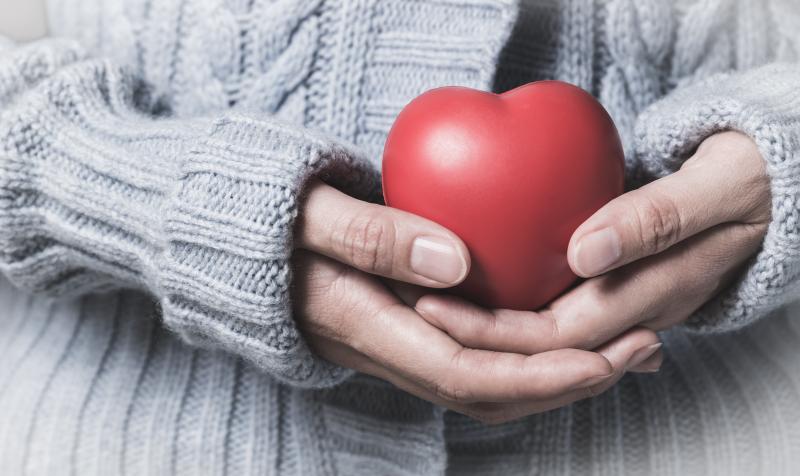The number of households in fuel poverty in Staffordshire and Stoke-on-Trent (SSoT) is higher than the national average. As anchor institutions, NHS organisations can use their assets to influence the health and wellbeing of their local communities. The Strategy Unit was asked by the Midlands NHS Greening Board to evaluate a cross-sector initiative in SSoT to help alleviate fuel poverty using savings generated through solar panels on NHS buildings. The project is called Keep Warm, Keep Well.
About the project
In 2016, University Hospitals North Midlands (UHNM) partnered with South Staffordshire Community Energy Limited to raise funds (through a share offer) for solar panel installation on their hospitals. The savings from the panels are paid into a community fund. Patients from the hospitals with conditions that may be made worse by their home environment are referred to a local charity, Beat the Cold. A fee is paid for each patient who is referred, from the community fund.
NICE guideline NG6 states that health providers should play an active role in reducing the health risks associated with living in a cold home. In Keep Warm, Keep Well, when a patient is discharged hospital staff identify whether that person is likely to be vulnerable to the cold and if action is needed to make their home warm enough to return to. Initially the project prioritised patients presenting with respiratory conditions, hypothermia, or frailty, as groups particularly vulnerable to living in cold or damp conditions. Where a person is identified as potentially vulnerable, their details are passed – with permission – to Beat the Cold, who can help them to access financial and other support to improve their home environment.
The evaluation
The evaluation took place in 2022 following a period of reduced referrals to Beat the Cold during the COVID-19 pandemic. The Greening Board, the project team at UHNM and its partners wanted to understand how they could make improvements to their processes, and demonstrate the impact of their interventions in the future. The Strategy Unit team found that:
- Staff rotation on hospital wards had made it difficult to maintain the profile of Keep Warm, Keep Well, leading to variable referral rates. As a result, Beat the Cold were planning to have a more regular presence at the hospital, to remind staff to provide patients with the offer of their support if appropriate
- In most cases, only clinical staff were able to make a referral to Beat the Cold. The evaluation found that other staff (for example, volunteers) could also be encouraged to identify potential referrals
- Patients could be encouraged to self-refer to Beat the Cold, signposted by hospital staff, rather than always needing to rely on a formal referral
- UHNM could work with community health providers to provide more avenues for identifying those who may benefit from Beat the Cold’s support.
The evaluation also recommended some improvements to the data collection processes for the project, to support it to demonstrate its impact on patient outcomes and hospital admissions. The SSoT Integrated Intelligence Hub advised on this aspect.
Keep Warm, Keep Well demonstrates an innovative approach to using NHS assets to affect the health of communities. It was awarded a High Commendation Award for contributing to Net Zero by the Health Services Journal in 2022. Options to expand the scheme are being explored, and this evaluation can help those involved to refine the approach.
CC BY-NC-ND 4.0

This work is licensed under a Creative Commons Attribution-NonCommercial-NoDerivatives 4.0 International License.
